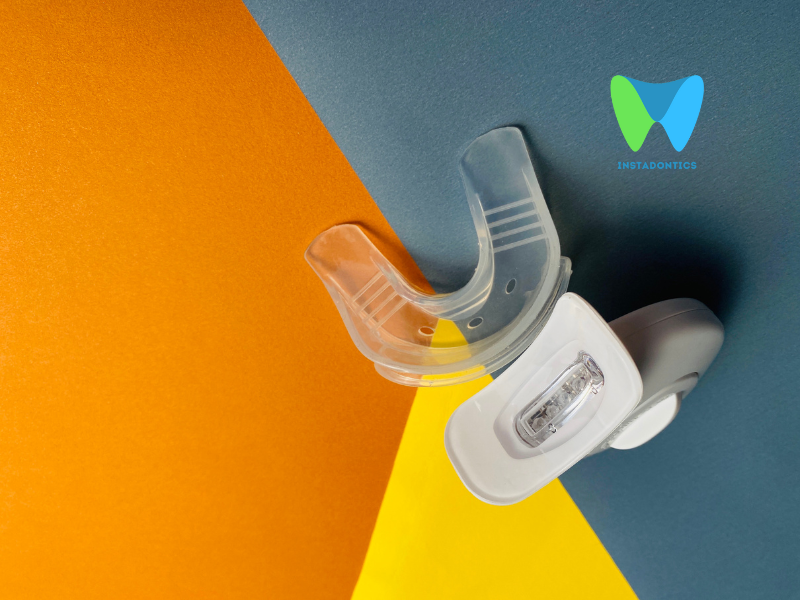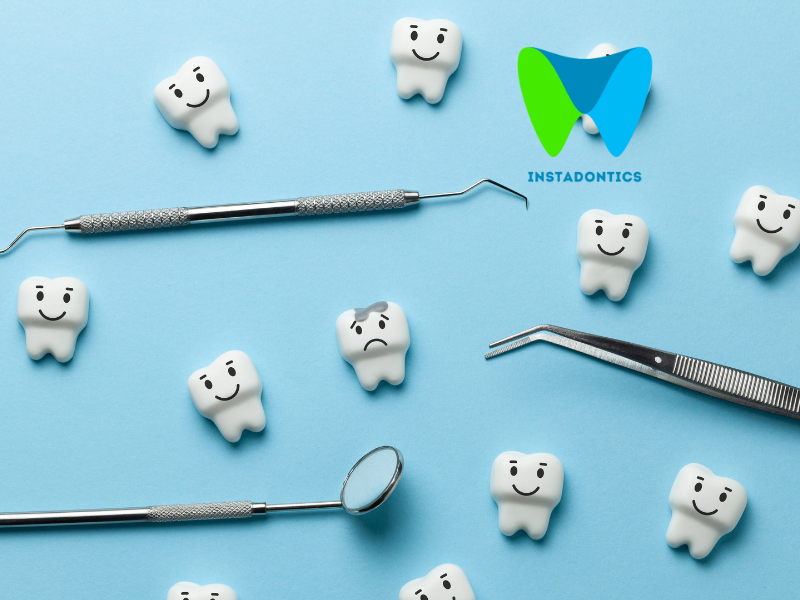When it comes to dental care, understanding the costs associated with procedures like composite fillings is crucial, especially if you have dental insurance. Composite fillings are a popular choice for restoring teeth affected by decay, offering both durability and a natural appearance. However, the out-of-pocket expenses can vary significantly based on several factors, including your insurance coverage. In this blog, we will explore the typical costs of composite fillings, how insurance affects these costs, and what you can do to manage your dental expenses effectively.
Composite fillings have become a go-to choice for treating cavities, particularly in areas of the mouth that are visible when smiling or speaking. But what exactly are they, how much do they cost, and how does insurance play a role in managing those costs? In this comprehensive guide, we’ll cover everything you need to know to make an informed decision about composite fillings.
What Are Composite Fillings?
Composite fillings are made from a combination of tooth-colored resin and finely ground glass particles. This blend creates a natural-looking restoration that blends with the surrounding tooth structure. Unlike traditional amalgam (silver) fillings, composite fillings are virtually invisible, making them ideal for cavities in front teeth or other visible areas.
Benefits of composite fillings include:
- Aesthetic appearance: Matches the color of your natural teeth.
- Durability: With proper care, they can last 5–10 years or more.
- Versatility: Used for filling cavities, repairing chipped teeth, or reshaping teeth.
- Conservation: Requires less drilling than amalgam, preserving more of the natural tooth.
Average Costs of Composite Fillings
The price of composite fillings varies based on several important factors, including location, size, and the provider’s fees. On average, you can expect to pay between $150 and $450 per tooth without insurance.
Factors Influencing Cost:
- Location of the Filling: Molars, being harder to access, often cost more than fillings on front teeth.
- Size of the Cavity: Larger cavities require more material and time to restore.
- Dentist’s Experience: A highly skilled dentist may charge more, but also deliver better results.
- Geographic Region: Urban areas generally have higher dental costs than rural regions.
How Insurance Affects Composite Filling Costs
Dental insurance can significantly reduce the cost of composite fillings, especially if the treatment is considered medically necessary.
- Coverage Percentage: Most dental insurance plans cover a percentage of the cost of fillings, usually between 50% to 80%, depending on your plan and whether the filling is considered a preventive or restorative procedure.
- Deductibles and Maximums: Many plans have annual deductibles that you must meet before your insurance kicks in. Additionally, there may be a maximum amount that the insurance will pay for dental procedures within a year.
- In-Network vs. Out-of-Network: If you choose a dentist who is in your insurance network, you may benefit from lower out-of-pocket costs. Out-of-network providers may charge higher fees, which can affect your overall expenses.
Key Insurance Considerations:
- Coverage Percentage: Most plans cover between 50% and 80% of the cost.
- Preventive vs. Restorative: Fillings for small, early-stage cavities may receive higher coverage.
- Annual Deductibles: Insurance usually kicks in after your deductible is met.
- Annual Maximums: Plans often cap the amount they’ll pay per year.
- In-Network Providers: You may pay less if your dentist is part of your insurance network.
Example Cost Scenarios
To better understand what you might pay out of pocket, consider these two common situations:
Scenario 1: Small Front Tooth Cavity
- Total Cost: $200
- Insurance Covers: 80% ($160)
- You Pay: $40
Scenario 2: Larger Molar Cavity
- Total Cost: $400
- Insurance Covers: 50% ($200)
- You Pay: $200
Amalgam vs. Composite Fillings: What’s the Difference?
When choosing between composite and amalgam fillings, it’s important to consider the pros and cons of each material based on your dental needs, budget, and aesthetic preferences.
Amalgam Fillings:
- Material: Made from a blend of metals, including silver, mercury, tin, and copper.
- Durability: Known for long-lasting strength, especially for large cavities in molars.
- Cost: Generally more affordable than composite fillings.
- Visibility: Dark silver color is noticeable and not aesthetically pleasing.
- Placement: Easier and quicker to apply than composites.
Composite Fillings:
- Material: Tooth-colored resin mixed with glass particles.
- Aesthetics: Blends with natural teeth; ideal for visible areas.
- Durability: Good for small to moderate cavities, though less long-lasting in high-stress areas.
- Cost: More expensive than amalgam but often covered by insurance.
- Tooth Preservation: Requires less drilling and conserves more natural tooth structure.
Which One Should You Choose?
Your choice may depend on the location of the cavity, how visible the filling will be, your budget, and whether your insurance covers composite fillings. Speak with your dentist to weigh these options carefully.
Drawbacks and Limitations of Composite Fillings
While composite fillings offer numerous benefits, they are not without their drawbacks. Understanding these limitations can help you make a more informed decision when choosing the right type of filling for your needs.
1. Shorter Lifespan in High-Stress Areas
Composite fillings tend to wear out more quickly than amalgam when placed in molars or other high-pressure areas. They are more prone to chipping or wearing down over time when exposed to strong biting forces. Patients who grind their teeth or chew heavily may find composite fillings require more frequent replacement.
2. Higher Cost
On average, composite fillings cost significantly more than amalgam fillings. The materials themselves are more expensive, and the placement process is more technique-sensitive, requiring additional time and precision. While insurance may cover part of the cost, patients without coverage may face higher out-of-pocket expenses.
3. Technique Sensitivity
The success of composite fillings depends heavily on the skill of the dentist and the technique used during placement. The tooth must be completely dry during the filling process, as moisture can compromise the bond between the tooth and the resin. This makes placement more time-consuming and prone to error compared to amalgam.
4. Potential for Shrinkage and Gaps
Composite resins can shrink slightly during curing (hardening), potentially leading to tiny gaps between the filling and the tooth surface. These gaps may allow bacteria to enter and cause decay beneath the filling. Although modern composites have reduced shrinkage, the risk still exists—particularly in larger restorations.
5. Staining and Discoloration
Unlike metal fillings, composite materials are susceptible to staining from coffee, tea, red wine, and tobacco. Over time, the resin may discolor and become more noticeable, especially in front teeth. This can diminish the aesthetic advantage of choosing a tooth-colored material.
6. Limited Use for Large Cavities
Composite fillings are generally best for small to moderately sized cavities. For very large restorations, they may not offer the strength or longevity needed to support chewing forces. In such cases, alternative options like inlays, onlays, or crowns may be recommended by your dentist.
7. Time-Intensive Placement Process
Compared to amalgam fillings, placing a composite restoration requires more time. The process involves multiple steps: layering the resin, curing each layer with a special light, and then sculpting and polishing the filling to match the natural tooth. This means longer appointments and sometimes higher fees.
8. May Not Be Covered by All Insurance Plans
While composite fillings are gaining popularity, some insurance providers may still classify them as cosmetic for back teeth and only cover the cost of a basic amalgam filling. Patients may need to pay the difference if they opt for composite in these situations.
9. Sensitivity Post-Treatment
Some patients report increased tooth sensitivity after receiving a composite filling, particularly to cold or pressure. While this typically resolves over time, it can be uncomfortable and worrisome. Sensitivity may indicate that the filling is too high or needs adjustment.
10. Environmental Impact
Though mercury-free and more visually appealing, composite fillings are still made from synthetic resins, some of which are derived from petroleum. The long-term environmental impact of discarded resin materials in landfills and their production processes is still a concern in sustainability discussions.
Are Composite Fillings Worth It?
For many patients, composite fillings strike the right balance between function, appearance, and cost. Their ability to blend with your natural teeth makes them particularly valuable for front-facing areas, while advances in material science continue to improve their longevity.
If you’re facing a filling, ask your dentist:
- Is a composite filling the best option for me?
- Will my insurance cover part of the cost?
- Can I receive a written treatment estimate in advance?
Taking control of your dental care starts with knowledge. With this guide, you’re now better equipped to make informed, confident decisions about composite fillings and your oral health.
Want help planning your dental treatment? Ask your provider about composite options or book a second opinion for cost comparison.
Tips for Managing Dental Costs
- Check Your Insurance Plan: Before scheduling an appointment, review your dental insurance policy to understand your coverage, including deductibles and co-pays.
- Ask for Estimates: Don’t hesitate to ask your dentist’s office for a cost estimate before the procedure. They can provide you with a breakdown of expected costs and what your insurance may cover.
- Consider Payment Plans: Some dental offices offer payment plans or financing options to help manage costs. Inquire about these options if you’re concerned about affordability.
- Maintain Regular Check-Ups: Preventive care can save you money in the long run. Regular dental check-ups can help catch cavities early, potentially reducing the need for more extensive and costly treatments.
- Explore Discount Dental Plans: If you don’t have insurance, consider enrolling in a discount dental plan, which can provide reduced rates for various dental procedures.
Related: Tooth Filling Costs Without Insurance
Understanding the costs associated with composite fillings and how insurance impacts those costs is essential for effective dental care planning. While the average cost of composite fillings can range from $150 to $450, having dental insurance can significantly reduce your out-of-pocket expenses. By being proactive about your dental health and exploring your insurance benefits, you can make informed decisions and maintain a healthy smile without breaking the bank. If you have further questions about your dental coverage or specific costs, don’t hesitate to reach out to your dentist or insurance provider for personalized assistance.



